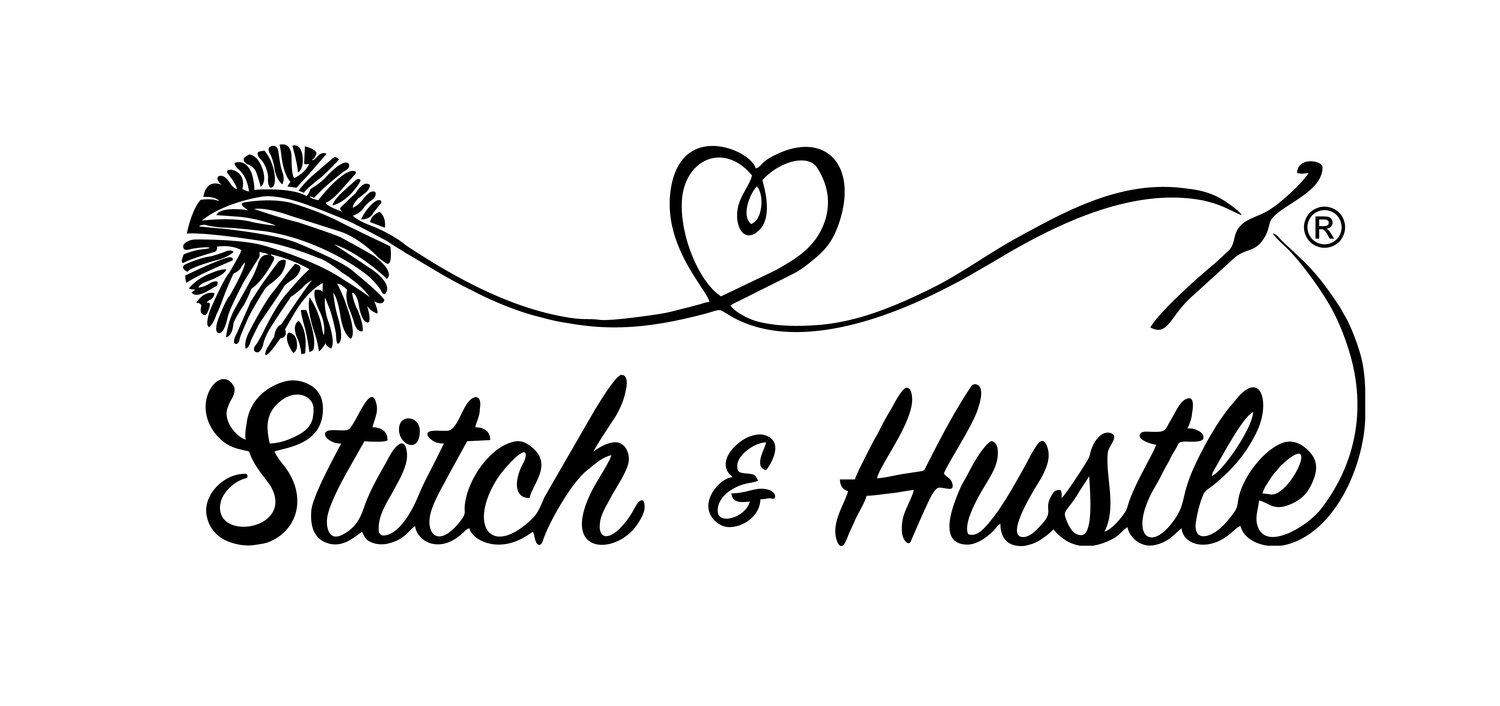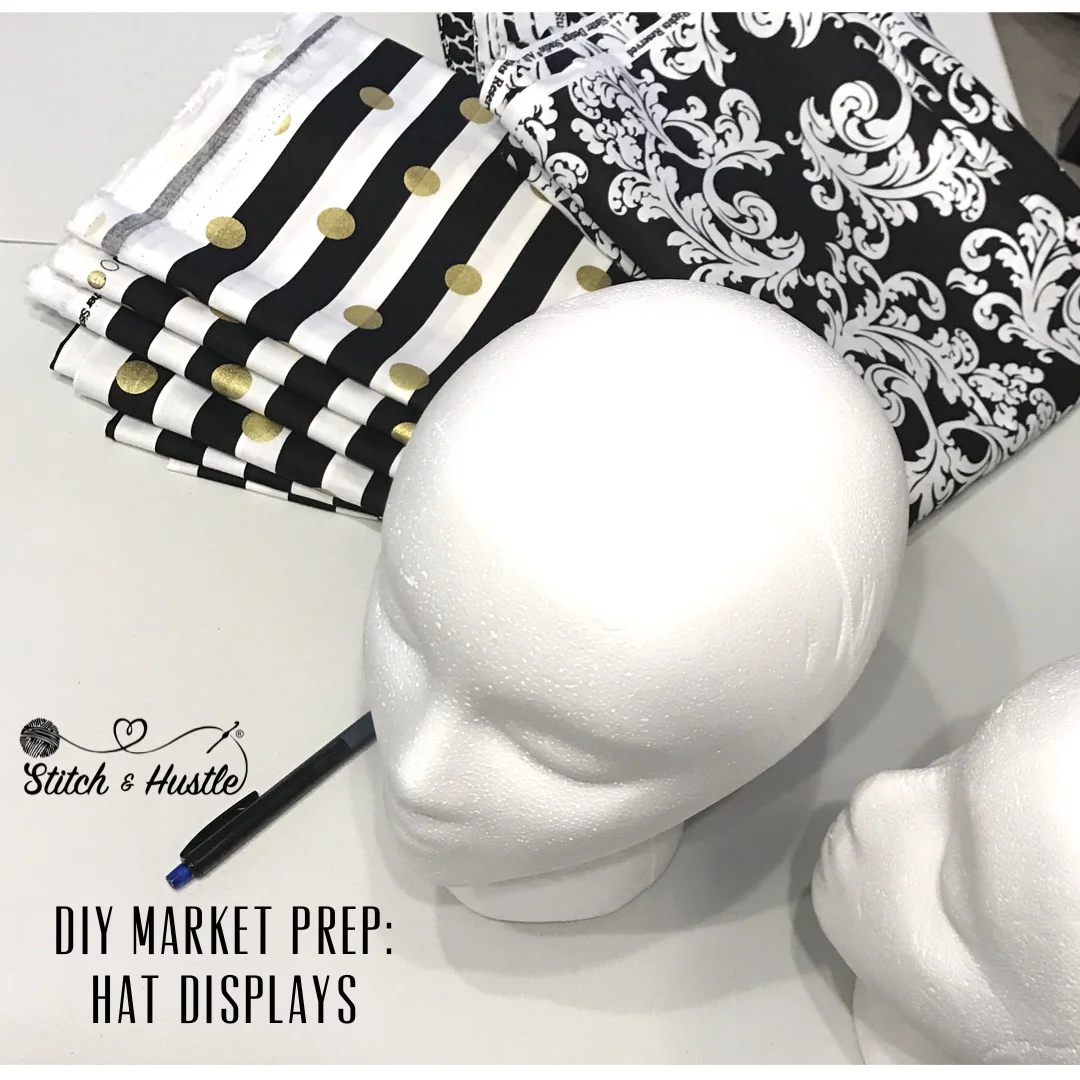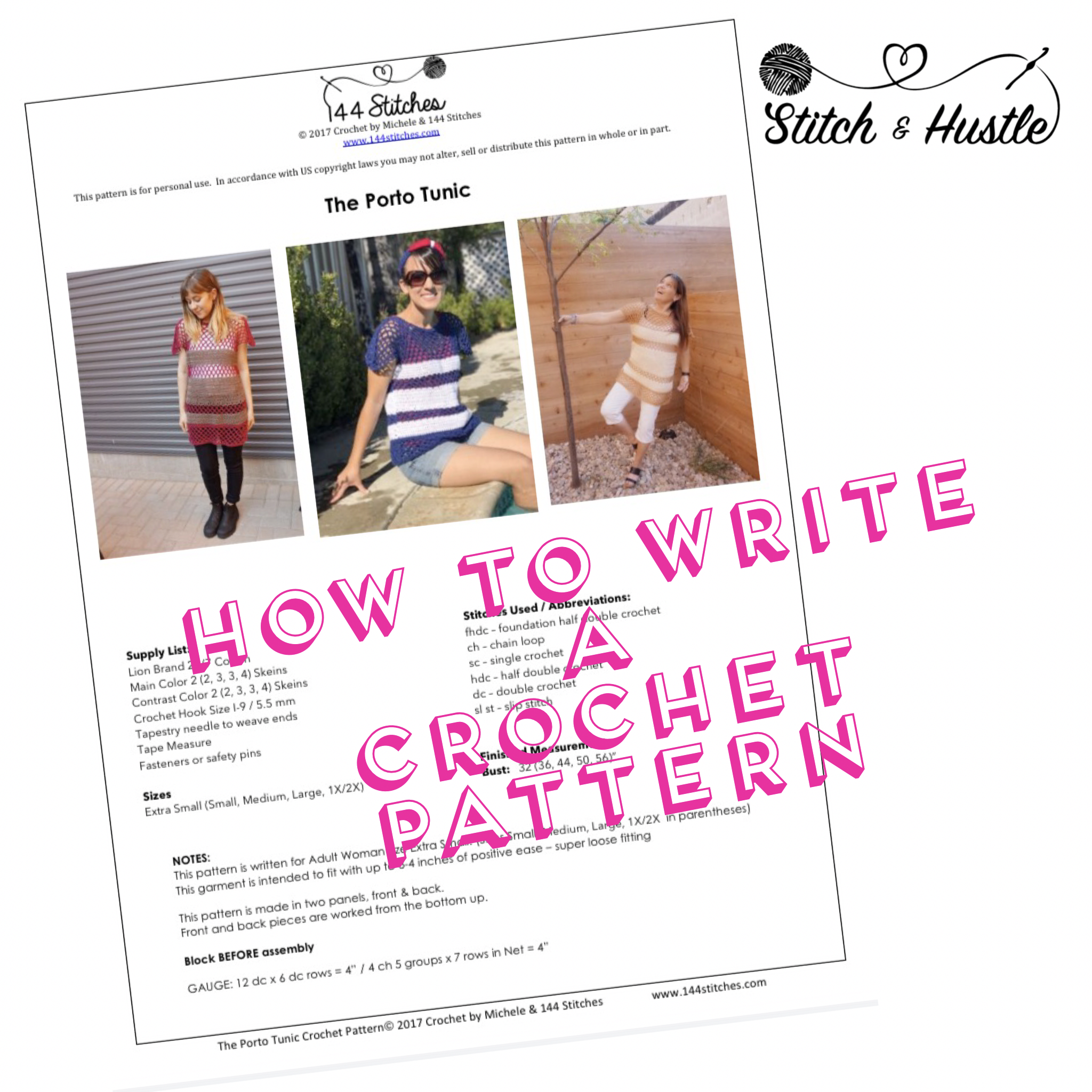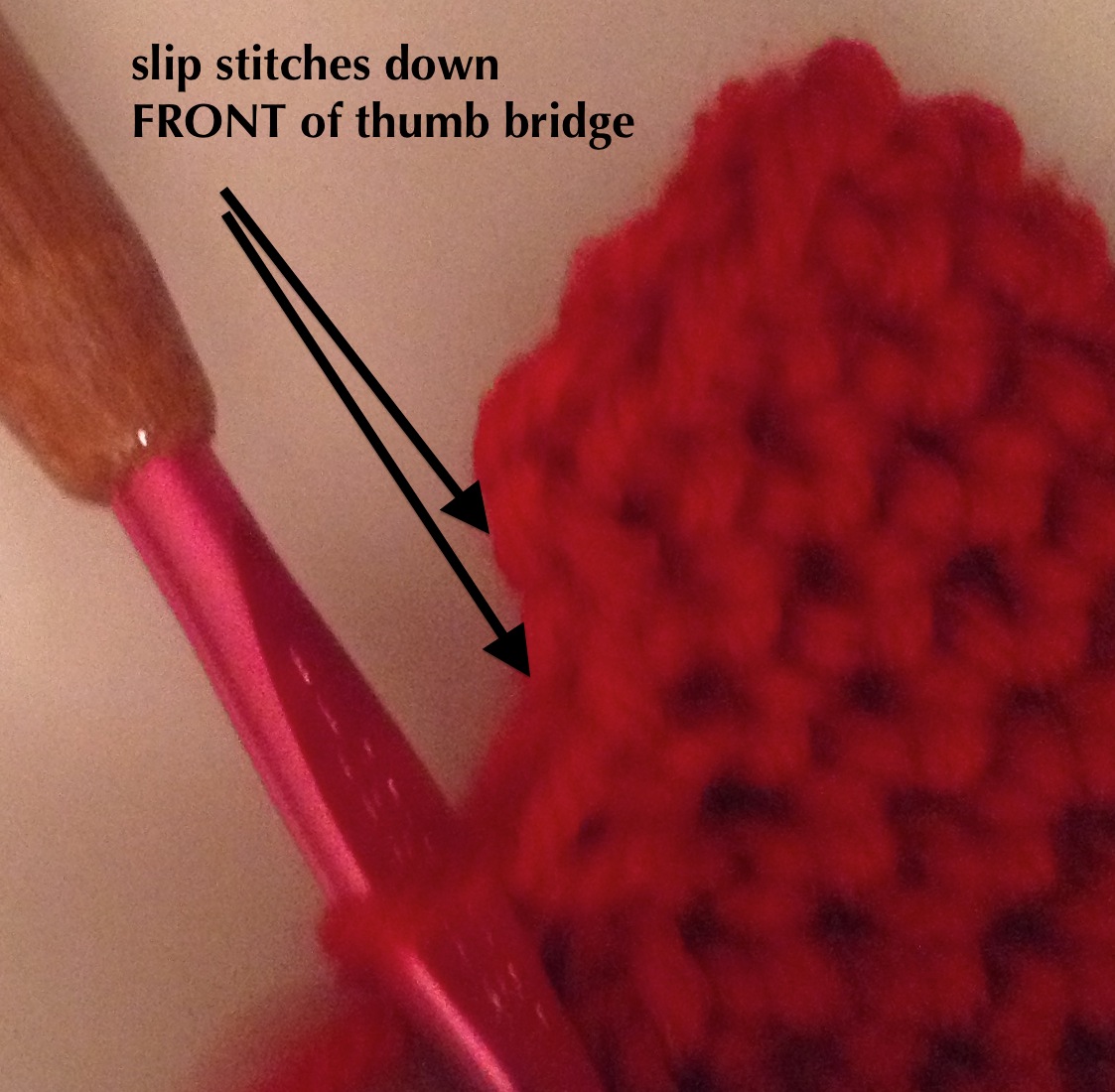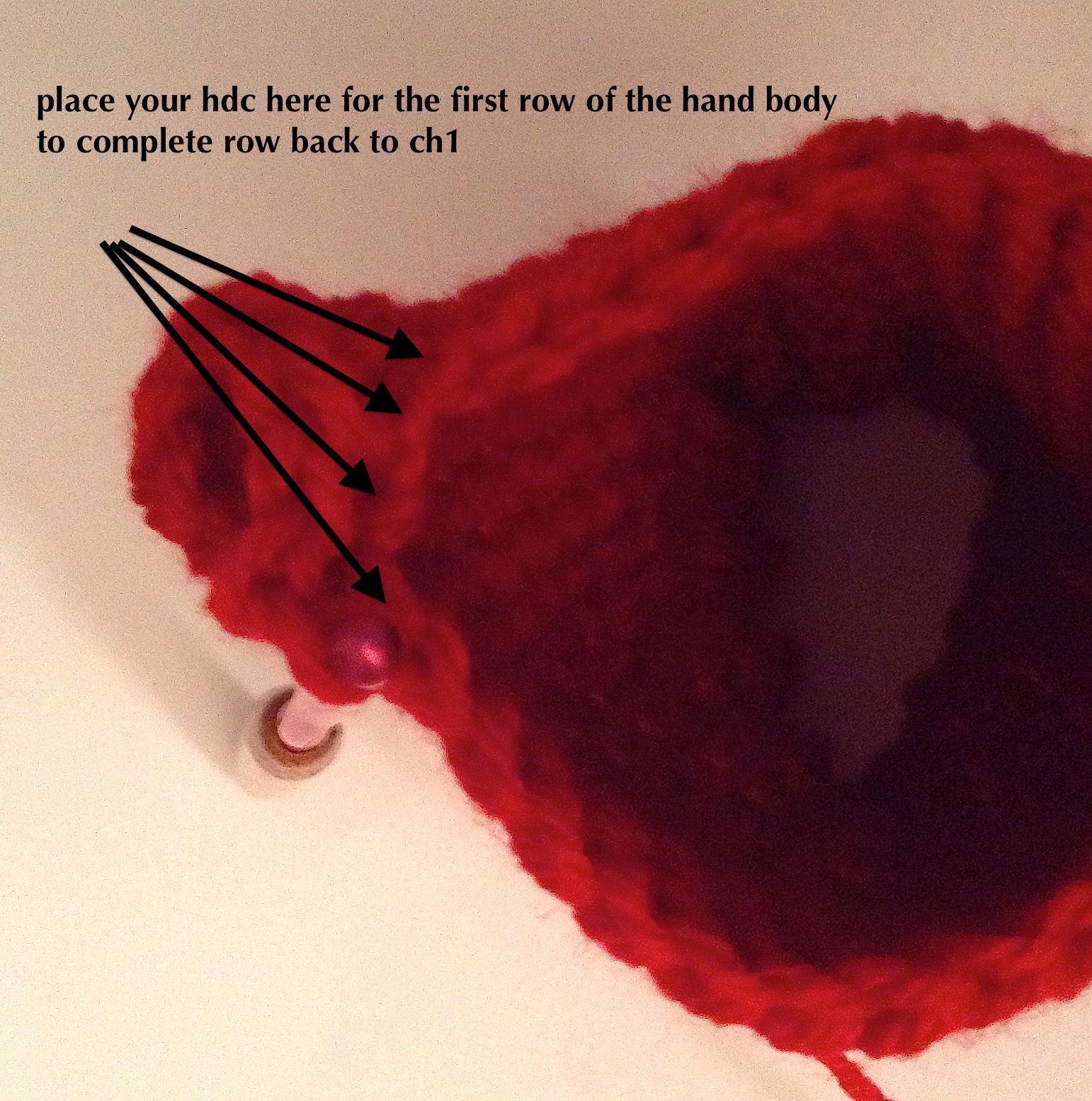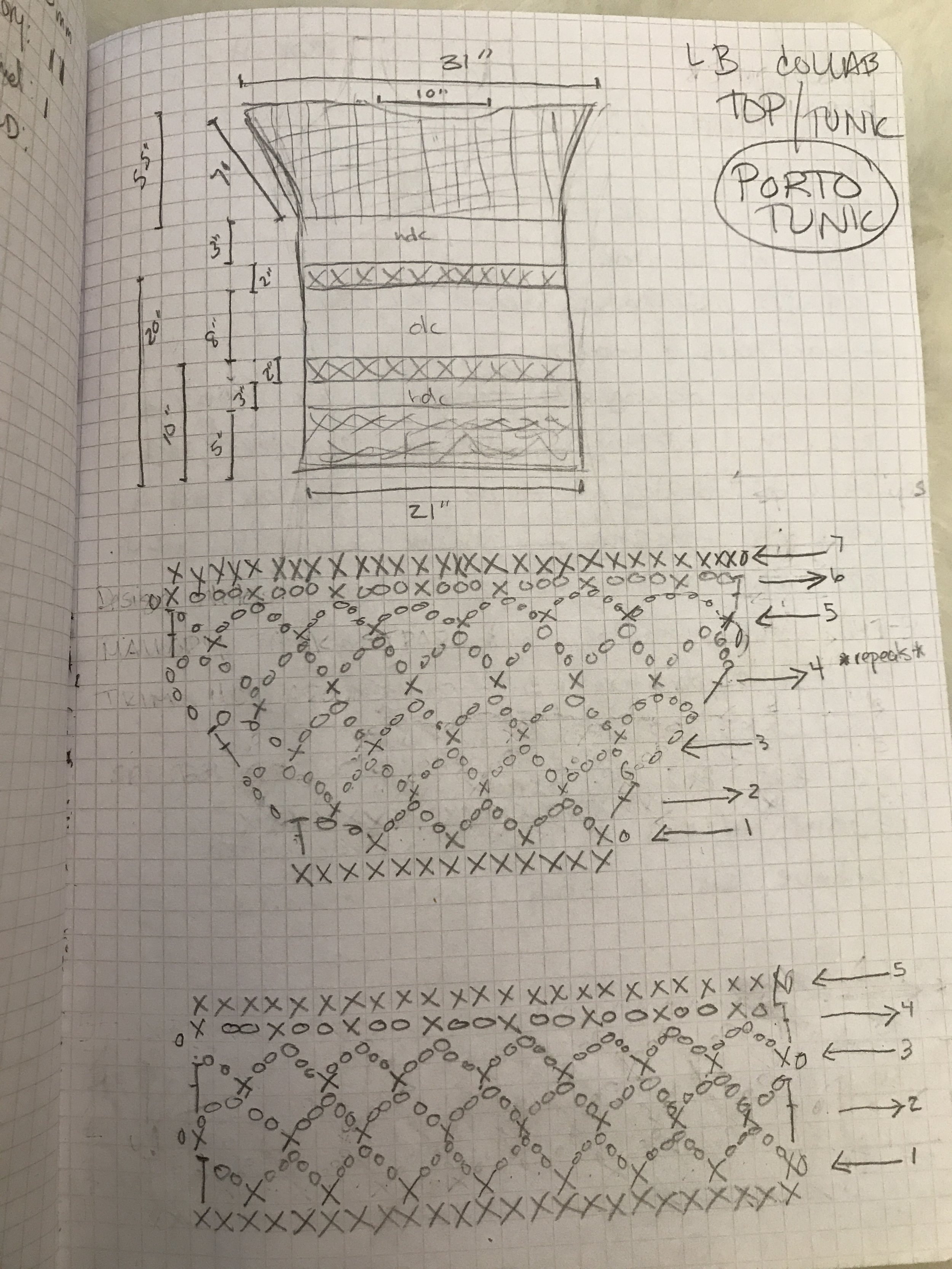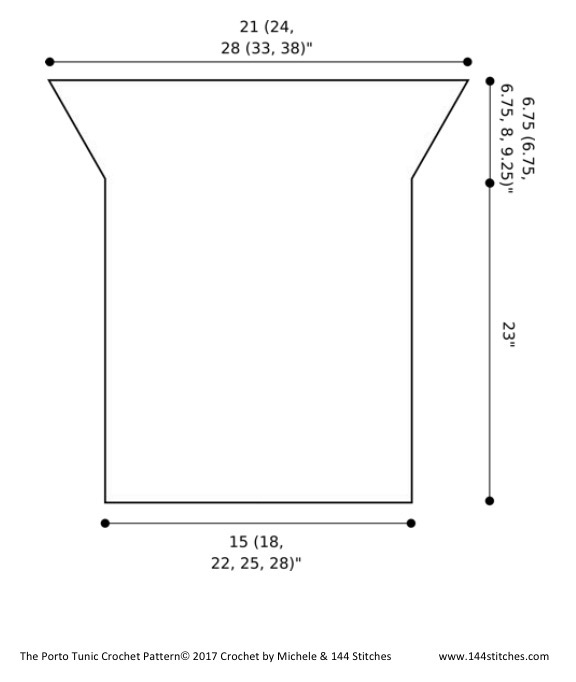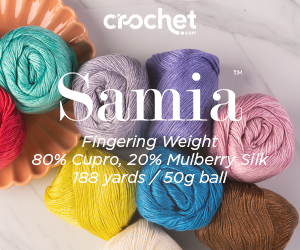Next up: Copy Me Copy You Copy That.
OK that was me having a little bit of fun with wordplay. (anyone who knows I used to work in television production and knows what "copy that" means is probably giggling a little right now). Look, copying happens. I don't know why. I don't understand it. I also cannot worry about it. I was once not only copied, but the person SAID SO in her blog post. Yes, I kept a screen shot because I mean I could not believe my eyes lol. But here is the thing: if you are going to worry about copying then you are not focus on creating. I do not stress about being copied. It takes too much energy and there is nothing I can do about it. Just focus on creating and finding YOUR voice.
Designing is my passion so for me it is deep joy. Working up new stitches, new shapes, new combinations in my own point of views is not something someone else can do. So I keep focus on my designs and find it a much happier thing to focus on!
And Next Up: Policies
Policies is derived from "policing" someone told me. I am not here to police the interwebs or what other people do. Having said that, I have seen some cut-throat people do some cray cray stuff over this. Here is what I say: First of all: Ask a lawyer. No really, read this. Ask A Lawyer. (Thank you Vogue Knitting).
Personally, I have something on my patterns asserting what is my right and enforceable along with my request that they credit me for the design if someone sells something they make from it. But guys - that's all I can do: REQUEST. Keep that in mind. This falls under the "pick your battles" in life column and my energy is not best spent chasing down something I cannot enforce in a court.
Last But Not Least: Photos & Charts
My patterns are quite detailed and include charts and photos. I take a lot of time (and pride) to include these along with the standard written pattern. Some have more detailed photo illustrations (which ARE covered by copyright by the way) and some have less. It really depends on the design. But the bottom line is consistency. I want my customers to know when they buy my patterns they are getting the full package. The full work went into making them a design and instructions they can follow. Sometimes I do freehand. Sometimes I use illustrator. Sometimes I use Crochet Charts. It all depends on the design. I know that is a bit of a dodgy answer but this question comes over to me a lot and it is really too complex to simply answer. Each design is different.
For real, Last but not least: Pricing & Paid vs. Free
What do you charge? Do you put it up free? Oh this is a tough one. I can only tell you how I decide and you have to make your own choice for what works for you. I put free patterns up on the blog often because why not or maybe as part of collaborations or for examples of my work or if I have something great and easy for a beginner who wants to start or for many other reasons. I like to put up freebies. But it is also how I pay the rent. It is my livelihood. So I don't put them all up free and a lot of work goes into each design.
I base my pricing on the degree of difficulty. Not just in the finished piece but also in the process to create the pattern. I also offer multiple pattern purchase discounts and do a lot of bundles of things that work well together. Pricing is personal. Never let anyone tell you what you "should" charge. But also know your worth. So set a price that YOU feel you are comfortable with, represents the quality of your design and that a customer will pay.
In summary, pattern writing and designing is not easy or fly by night and I do apologize if my first post gave that impression. Like I said - for me it is my passion and comes natural and I do not mind the work because I just love it. Designing is MY JAM! So I want to encourage you but know it takes work. If you have a vision and an idea for a design then YOU SHOULD GO FOR IT! I will tell you that when I do not hear from a customer until the project is complete I am happy. I know I have provided them a clear road map to create something. I know that all that work was worth it and my design is out there living and being created. THAT IS SO COOL.
